Well-travelled and prize winning, one local academic, architect and activist says it is time we talked about the notion of de-growth and unblocking access for the underprivileged
The blue door is unmarked, its glass panel stealing a glimpse into a dishevelled interior. The door is locked so I wait, surrounded by the quiet cobbled streets of old Kaimakli on a Sunday morning. A lone hammer bangs in the distance, like the tapping of a woodpecker. A young man passes by in a white T-shirt reading ‘NO WAR’ – a sentiment so banal and utopian it can go on a T-shirt.
Yiorgos Hadjichristou – who appears a few minutes later – would appreciate that sentiment, having gone on protests and led demonstrations since high school. He’s a leading light in Urban Gorillas, the organisation behind the blue door, but a lot more besides. If Standard & Poor’s gave people ratings, like they do to countries, his would be AAA: Academic, Architect, Activist.
The ‘architect’ part is his main occupation. He is, in fact, he tells me, the Cypriot architect with the most nominations (eight) for a Mies van der Rohe Award, the European Union prize for contemporary architecture, his shortlisted buildings including his own home – a refurbished traditional house – down the road in Kaimakli. He’s been designing buildings (houses, town halls, schools, dental clinics) since his return to Cyprus in 1992, after studies in Kiev and Kyoto.
A few years later, he was offered a teaching post at the University of Nicosia. “I wasn’t sure whether I was [going to be] good at it,” he admits. “As I wasn’t sure about many things, I wasn’t sure about teaching. Now I’ve reached the level that I enjoy it tremendously.” He also designed the conversion of an old shoe factory into the building housing the architecture department, another of his eight Mies Award nominations.
Teaching, and the interaction with young people, “keeps me alive,” he says, sighing at the thought of having to retire in two years (he turned 63 a few days ago). I assume the students find him entertaining, at least, with his mop of hair, somewhat patrician bearing, and tendency to conflate academia with activism – thus, for instance, setting them a project to design new homes where people from different cultures can co-exist: to “respect the commons,” as he says, “the notion that ‘I don’t build something that is self-referential and only for the benefit of the investor’, who is usually a rich person. But rather how architecture can be integrated into the community, and be part of it”.
This goes way back, all the way to his childhood in Famagusta before the invasion. The family were left-wing, indeed his father (who died of cancer when Yiorgos was 15) worked for communist union Peo. They were also poor, living in a social-housing project (the only one in Famagusta) and seething at the rampant development going on in the city.
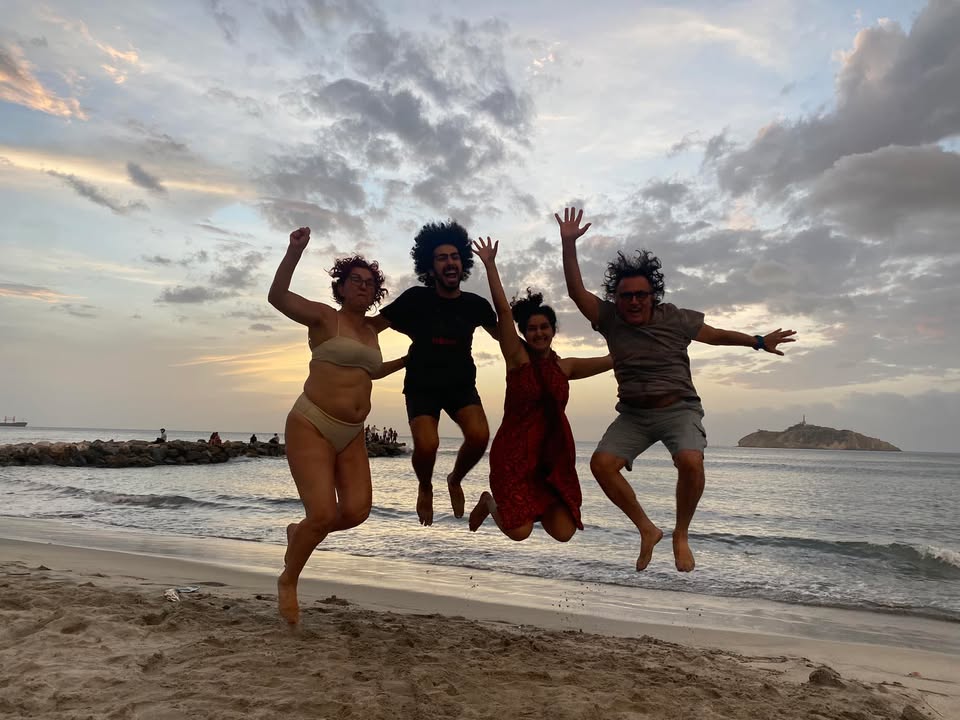
Famagusta was beautiful, of course – but it was also a case, he says, of the Church and other rich investors buying land right on the beach, then erecting hotels and other luxury buildings a few feet away from the sea. “They created a wall along the coastline – where, as a kid, I remember I was furious, trying to find a way to the beach”. It was an early lesson in architecture, how the urban landscape can become a physical extension of the status quo – setting borders, and literally blocking access for the poor and unprivileged.
Yiorgos’ working-class rage persisted throughout adolescence: at one point, he discovered “I was on the list of the most extreme left-wing students”. Later still, however, in the USSR, he found himself on another list, a KGB list of regime opponents. “I was suffocated by the lack of freedom of speech there.”
Would he say he’s a difficult person?
Hard to say, he replies. “Among friends, I receive [the impression] that I’m a pleasant person – because I have a diverse set of interests. I love travelling, I love cultural events like cinema, theatre, dance. I organise trips… I think, among people who might be my own bubble, maybe I’m not that difficult.” He trails off, preferring not to specify what happens with people outside the ‘bubble’.
Is he quite stubborn, perhaps?
“I’m stubborn in the sense of keeping empathy with the minorities, the oppressed communities.” For instance, “there’s a genocide happening right now in Gaza, and people refuse to see how many kids are being killed. So I’m being stubborn in trying to stay humane. Maybe, yes. I’m very stubborn in that aspect.”
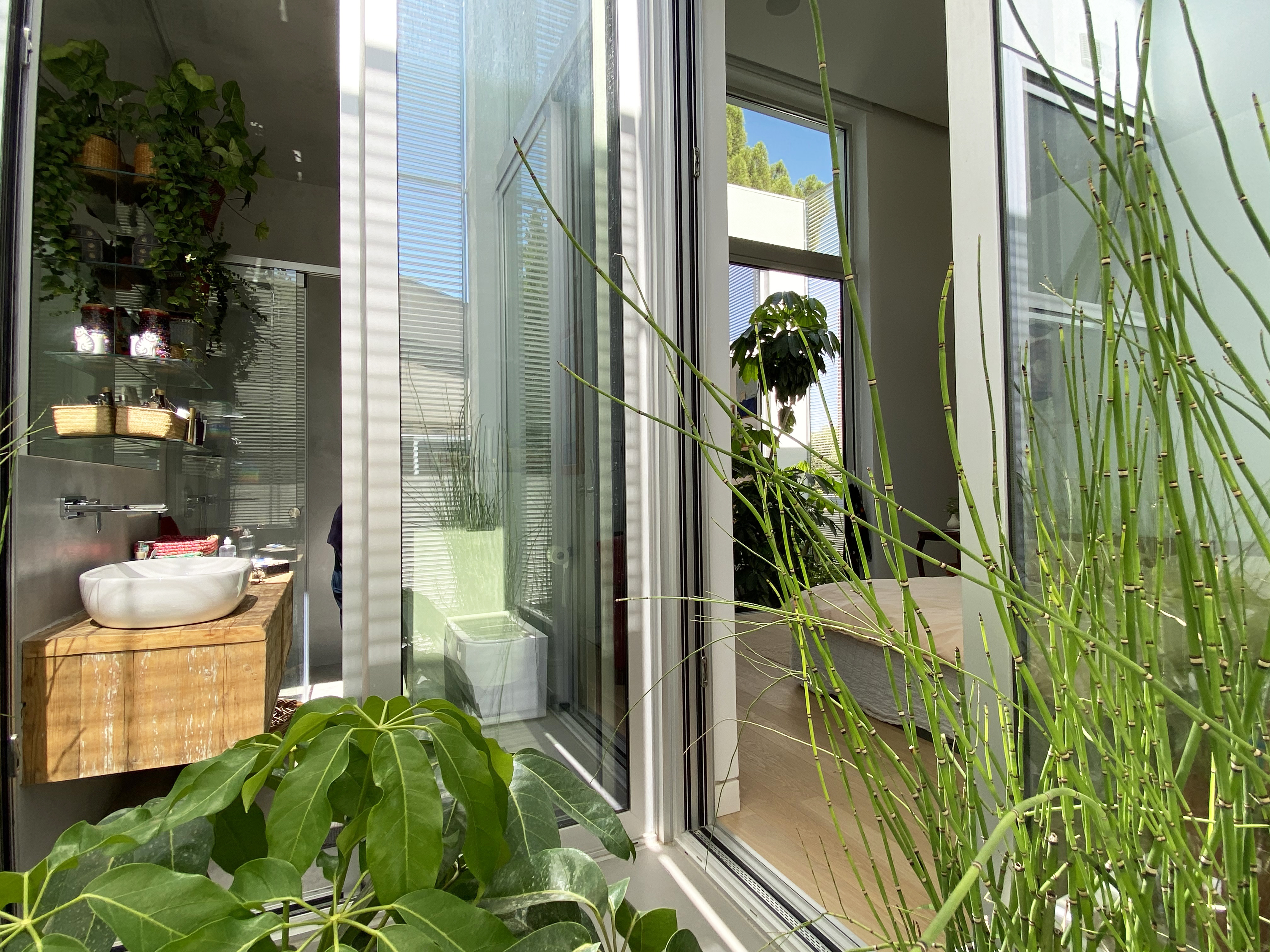
He’s active in many causes, and many directions. Support for immigrants, for the Palestinians, for “our brothers the Turkish-speaking Cypriots”. He’ll protest to warn against climate change, and to urge a U-turn away from development and back to Nature. (“We need to talk about the notion of de-growth,” he says bluntly.) A few days after our interview he’s going on a protest about the right to protest itself, currently under threat (he says) by our fascist-supporting government.
It goes without saying that he’s vegan – though that’s actually a story in itself, Yiorgos having come down with terrible digestive problems in his late 20s (while in Japan) which he ascribes to having been in Kiev at the time of Chernobyl: “Many friends – even Cypriots – who were studying with us passed away through not only cancer but a lot of other diseases, probably triggered by radiation”.
His own system broke down inexplicably, his stomach and intestines ruined. He became vegetarian in the 90s and vegan in 2003, before it was trendy – though there’s no doubt he’d have done it anyway, for ethical reasons (indeed, he says, it’s “the decision of every logical person that cares about the environment” to stop eating animals). He also doesn’t drink, smoke, or even drink coffee, adding bodily purity to his ideological purity.
His activism blends into private life – and family life. The whole family are activists, and appear to be very close-knit. He and his wife (they’ve been married for almost 30 years) would “exchange ideas” with the kids – a daughter and son, now 27 and 23 respectively – since early childhood. “We travelled together all of us every summer, to experience the world and get exposed to Otherness, meaning other cultures”. The photo on his Facebook page shows the four of them on a beach somewhere, leaping into the air in joyous unison.
His wife has a Master’s in Queer Theory, in addition to working as a maths teacher. Their son is in Utrecht studying Animal Behaviour (not Zoology, which Yiorgos calls “a conventional way of thinking about animals”), their daughter studied Film and is now “a kind of traveller”, doing environmentally-friendly ‘slow travel’ across Latin America and taking part in events “for supporting the indigenous populations of Mexico”. The Hadjichristous clearly walk the walk, not just talk the talk.
Can activism really change the system, though? It all seems so entrenched at the moment. We all seem so helpless.
“I believe it can. But [with] many people, because their perception is covered by the imposition of the conventional, official narrative, they cannot see where their benefits are. They are misled…
“Therefore, activism can gradually shed light on some other truth. And I believe in that.”
Yiorgos Hadjichristou stands for a certain ideology, what some will applaud and others may dismiss as ‘woke’ or ‘loony Left’ – but it’s not just dry ideology, it’s a whole worldview, an openness of spirit that guided his path from impoverished youngster to well-travelled, prize-winning architect.
The mention of ‘some other truth’ is vital here – meaning an acceptance of the Other, meaning open-mindedness, meaning flexibility, meaning a belief in fluid, inclusive ways which is also key to his work (and character).
“For me, boundaries should be porous,” he says, thinking perhaps of the wall of concrete that once blocked his path as a boy in Famagusta. “I don’t believe in the notion of clear boundaries.”
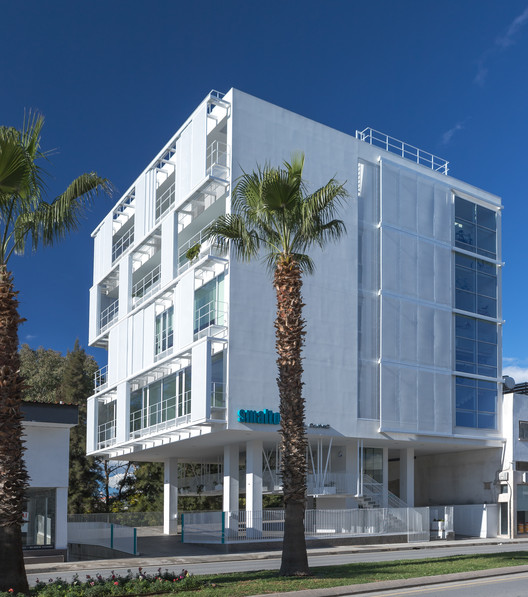
Thus, for instance, the Smalto dental clinic in Strovolos (one of his eight Mies Award nominations) which is designed to be freely accessible, allowing any random passerby to go through the building from the city to the Pedieos river park on the other side.
Thus, for instance, his own home, which is haunted by the notion of hard boundaries – it’s in divided Kaimakli and is also half of a once-bigger house, having previously belonged to two sisters who divided it in two and demolished the other half – but is designed as a shape-shifting hybrid of old sturdy stone and contemporary, “very fluid” annexes with sliding panels. Thus, for instance, his exhibition representing Cyprus at the Venice Biennale of Architecture in 2018 which worked by fragmentation, so “you were looking at bits and pieces of many things”.
Thus, for instance, Urban Gorillas (I knew we’d get to that blue door eventually), where he’s a director and project manager – a creative collective, founded by Veronika Antoniou in 2013, that aims to “transform public spaces into innovative, creative and inclusive hubs”.
The Gorillas – as well as Yiorgos’ own, more local project Pame Kaimakli – have been behind any number of initiatives, one prime example being the Commonwealth-funded Agora project, building a “mobile green structure” that could be installed and dismantled easily by anyone (fluidity again), thus allowing people – especially minorities and the oppressed – to create an instant podium and make their voices heard.

“I think lives should be fluid,” he proclaims. “Identities are fluid. So it’s never black and white… Maybe every day is a different identity.”
Maybe, I point out – yet his own identity hasn’t really changed, for all his insistence on change. His politics and interests have been constant for 50 years.
“The same direction, maybe…” admits Yiorgos – though he’s mellowed with age, and was definitely angrier as a younger man. He worked hard – and fought hard – in his 30s, stung by the snobbery he encountered against those who’d studied behind the Iron Curtain. Even now, it’s easy to imagine him growing obstinate and spiky in a conflict situation.
This, you could say, is the activist’s paradox. They devote their life to helping others, especially the weak – yet they tend to be strong, even self-absorbed personalities themselves. Especially if they’re also architects, a profession where a person literally sets out to stamp their mark on the entire public landscape.
“I felt the necessity to offer something back to society – because the practice of architecture is something that feeds our ego a lot,” is how Yiorgos puts it. Hence the activism, hence Urban Gorillas, hence his recent three-day stint on the jury for the state architecture awards. But hence also the fluidity, the openness – as if trying to resist the tendency to know-it-all arrogance that comes with ego.
Recall what he said about going into teaching: “As I wasn’t sure about many things…”. Even now, he’s not entirely sure what comes next; he might not even stay in Cyprus (that fascist-supporting government is getting him down). “It’s a way of living,” muses Yiorgos. “And if you follow it, you constantly refresh yourself, you constantly search. You’re not really settled. As soon as you’re settled, maybe you get too old – and then you lose the game, I think”. The blue door clicks shut, and I’m out in the cobbled streets of old Kaimakli again.

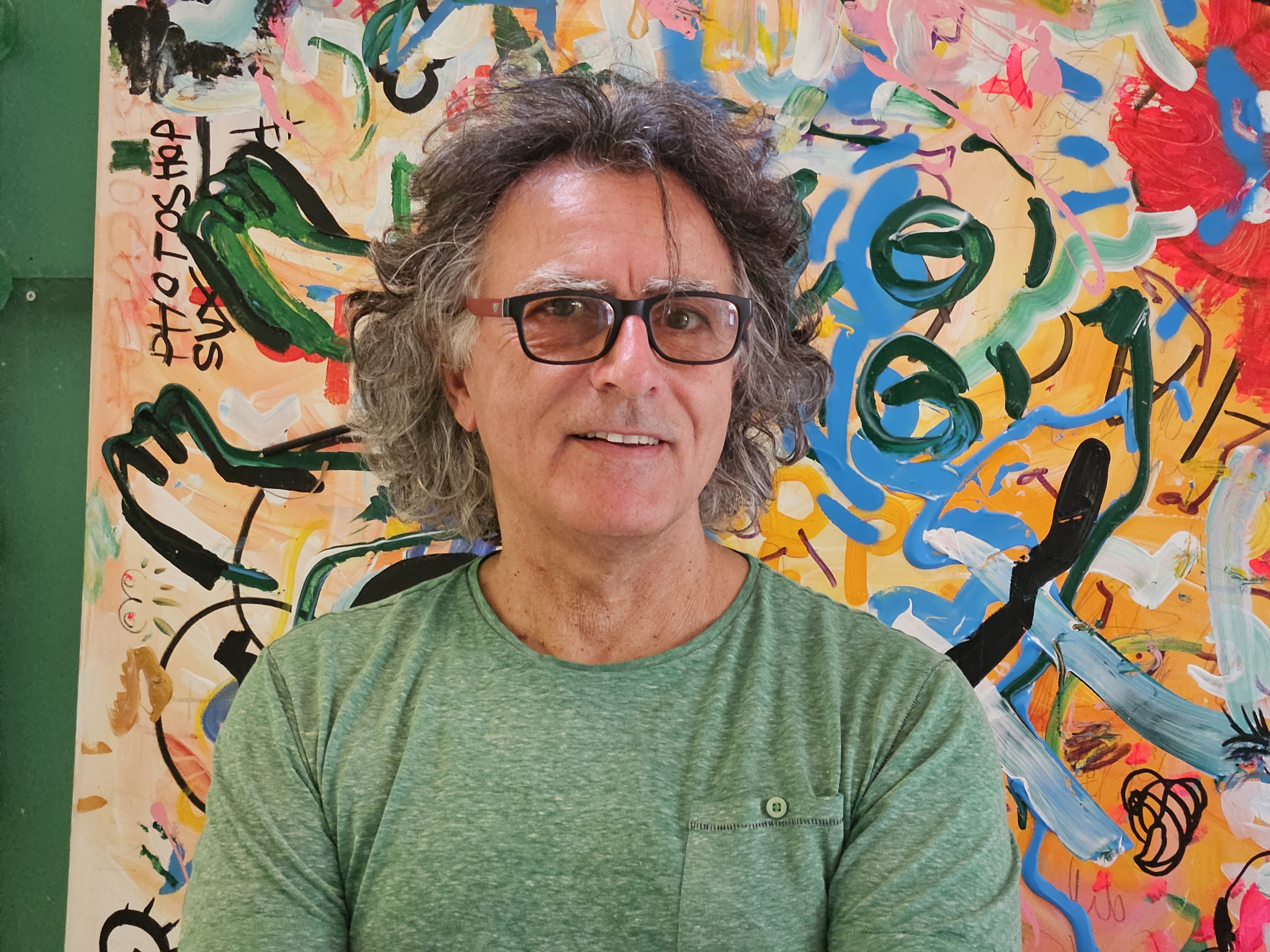
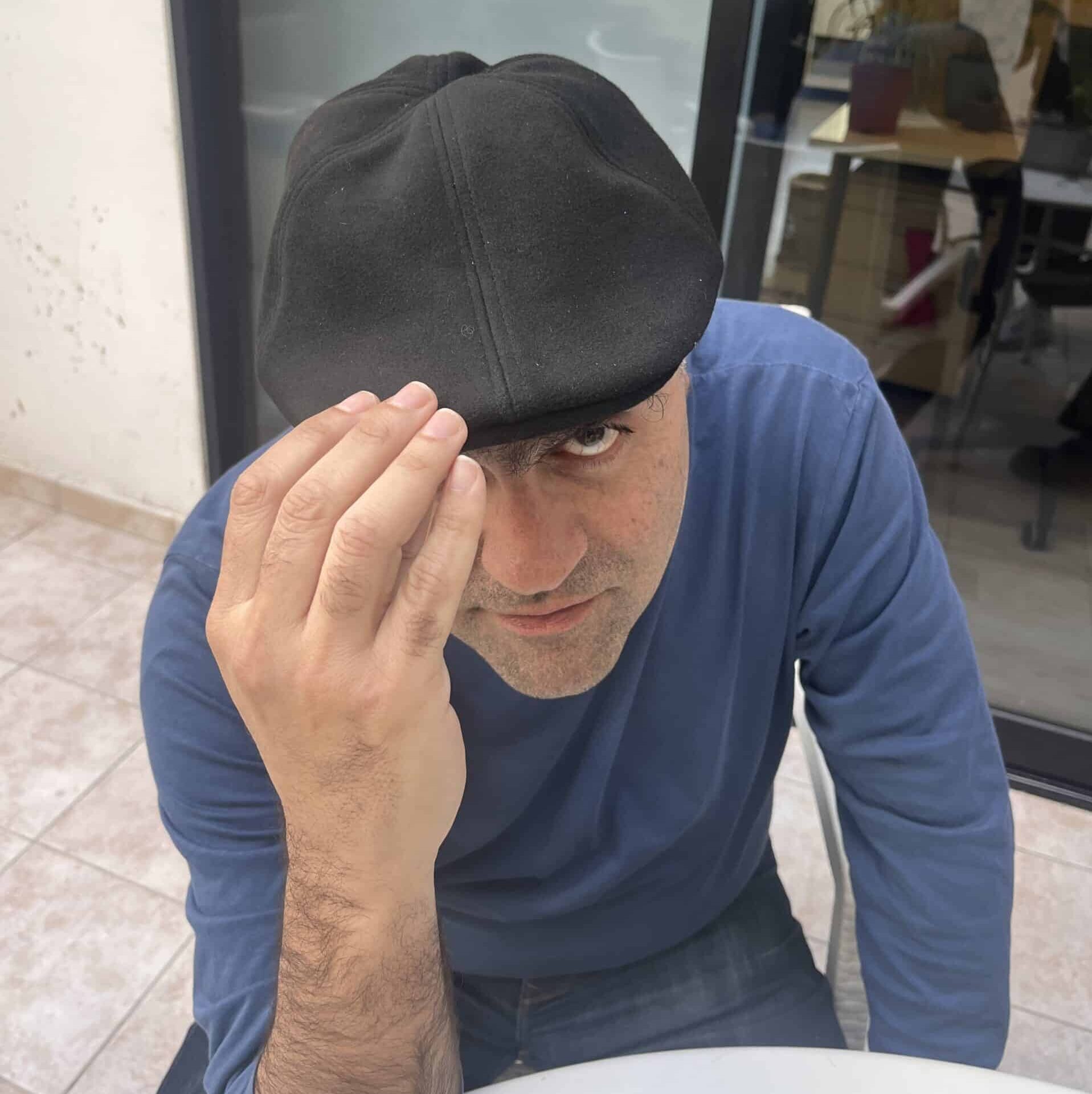
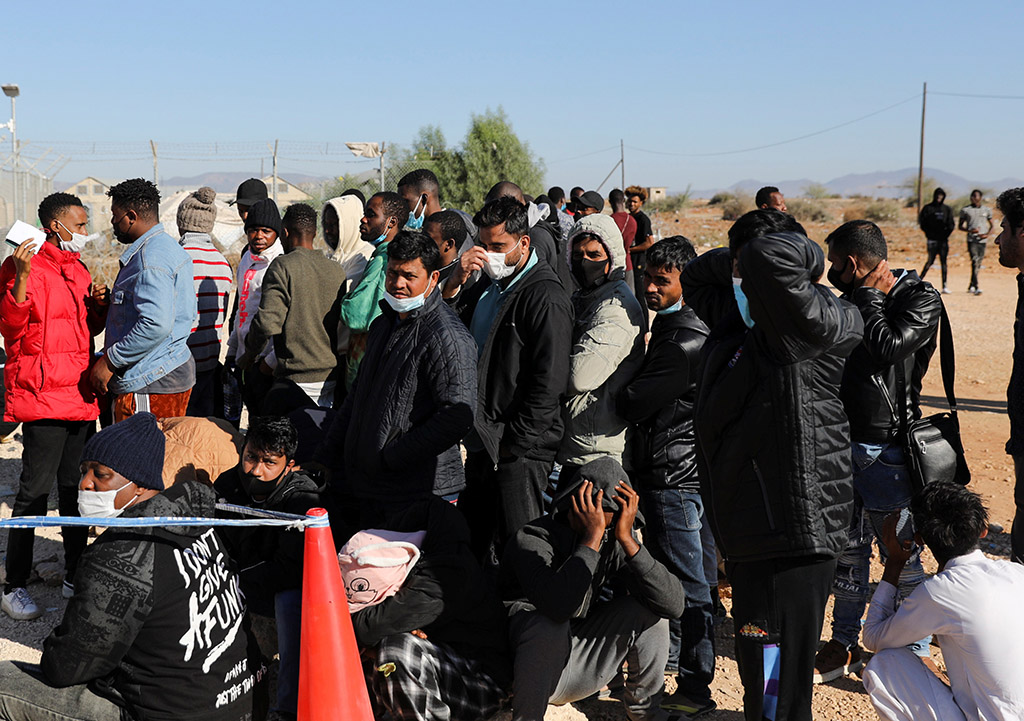
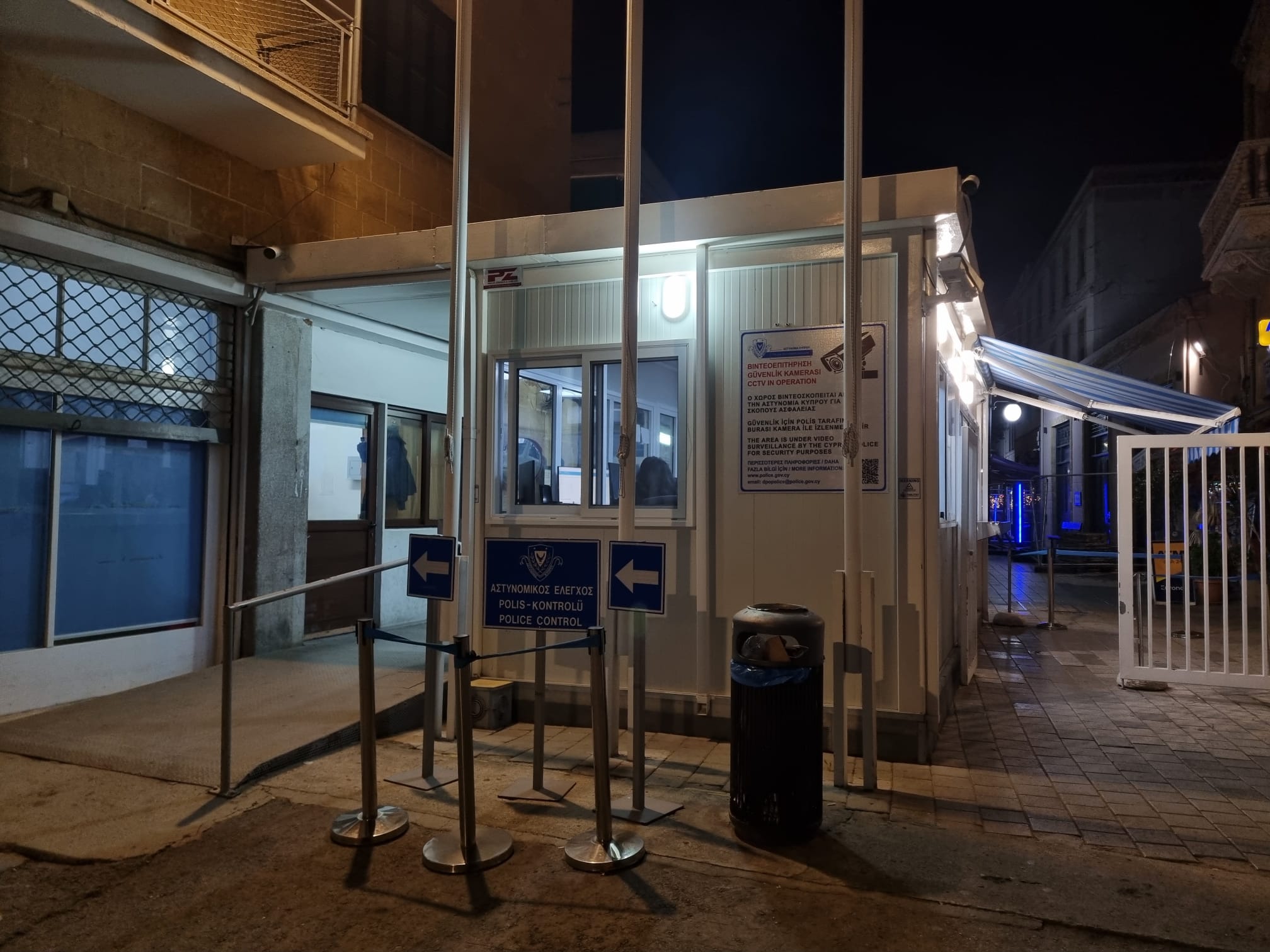
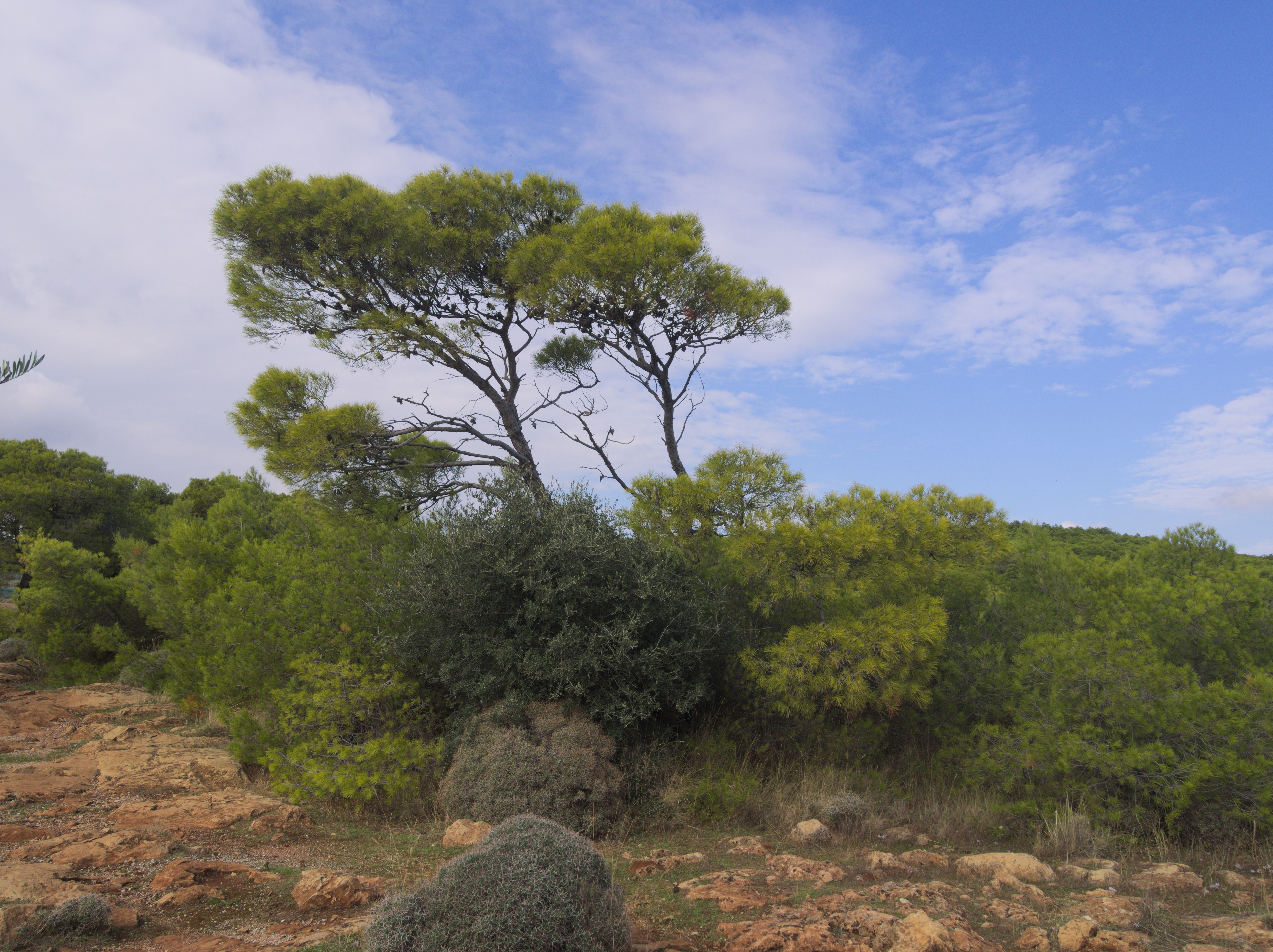
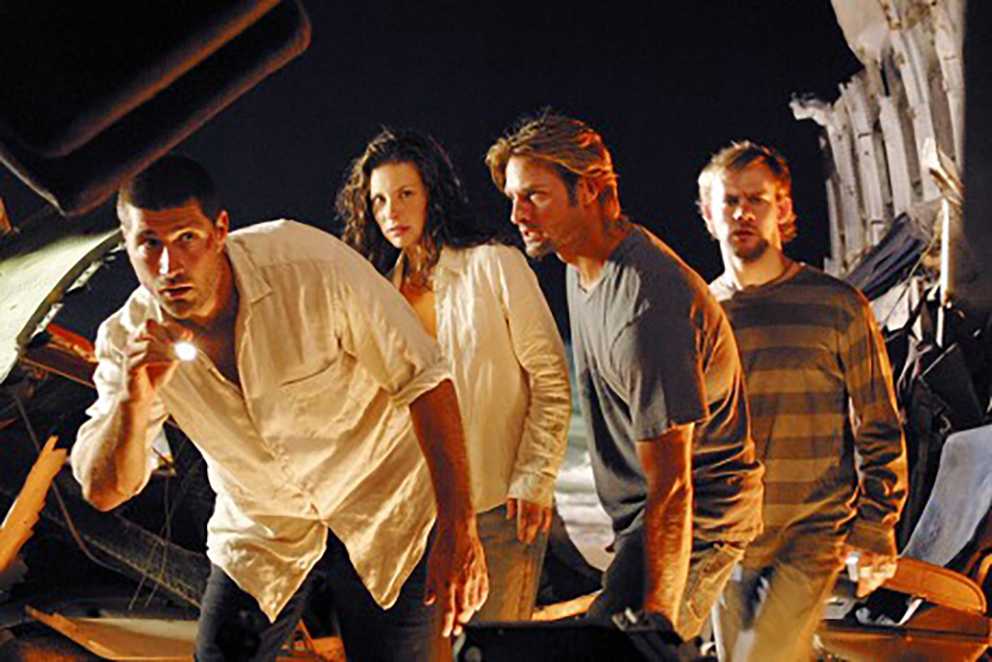
Click here to change your cookie preferences